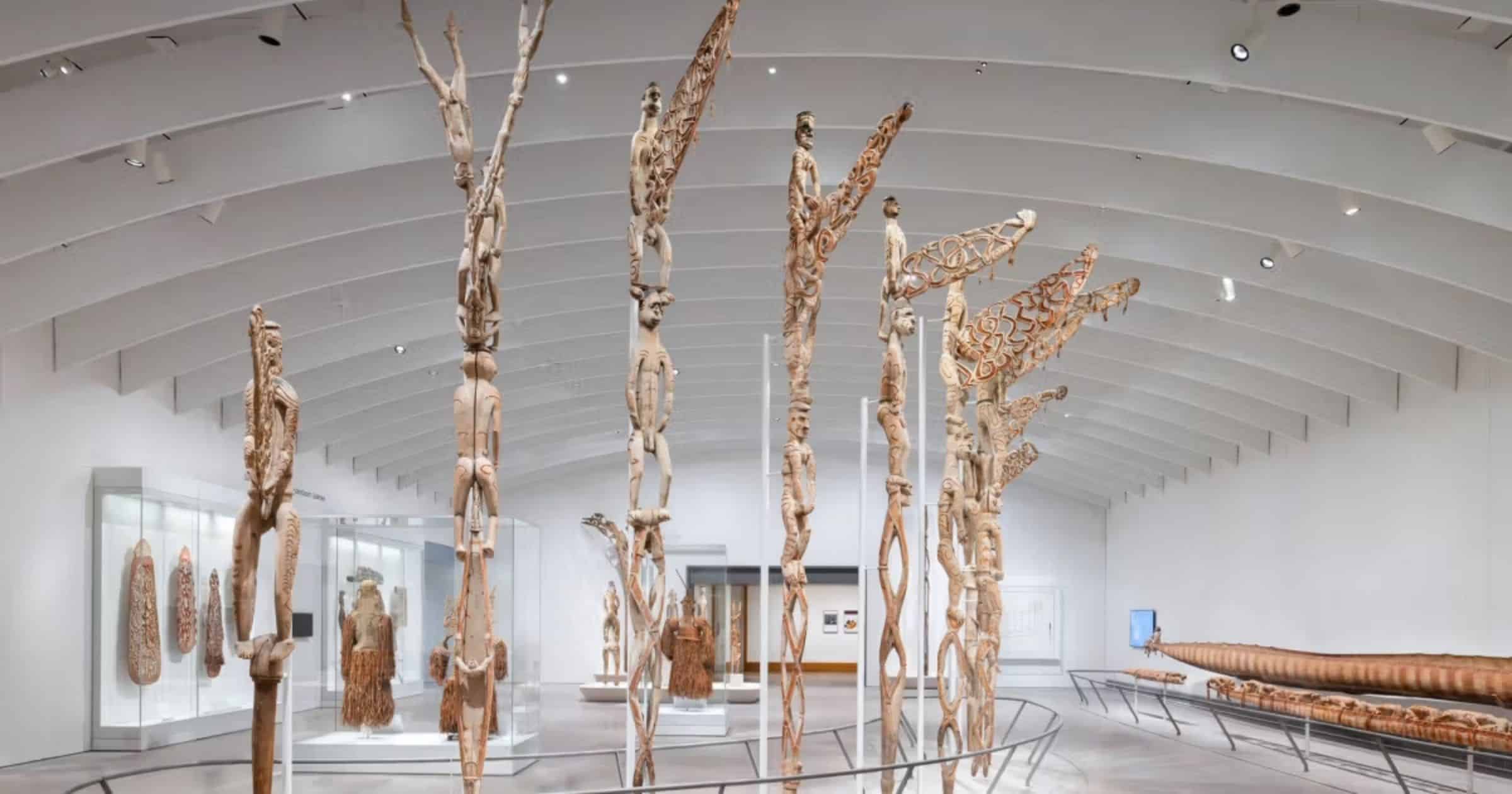Broadway theatres offer a form of storytelling that allows audiences to connect with characters and narratives in a profoundly personal way. To fully experience a Broadway show, it’s best if you know a little bit about theatre etiquette.
Theatre is all about the shared live experience, and showing respect to the artists and fellow audience members will enhance everyone’s enjoyment. Whether you’re a first-time attendee or a seasoned theatregoer, understanding theatre etiquette is a great preparation before seeing a show, allowing the magic of the theatre to shine.
Understanding Theatre Etiquette
Theatre etiquette helps to ensure an enjoyable experience for everyone involved in a theatre production—from the actors on stage to the audience members around you. Over time, theatre etiquette has changed, and guidelines have evolved and been refined to suit the changing dynamics of theatre and audience expectations. But the core principles of respect, common courtesy, and focus on what’s on stage remain constant. So, as you prepare to attend a show, remember: your role as an audience member is just as vital to the theatrical experience as the performers on stage.
Before the Show
Before you even set foot in the theatre, you can make the experience great by purchasing tickets the right way. While tickets can be bought from various sources, buying directly from an official distributor is usually the safest bet to avoid scams or inflated prices. Timing can also play a key role. Tickets for popular shows often sell out quickly, so booking well in advance is advisable. Also, take a moment to understand the seating chart. Each theatre has a unique layout, and different sections offer varied viewing experiences.
Next, let’s talk about the dress code. While there’s no strict rule, Broadway theatres are traditionally seen as a place for dressing up a little. This doesn’t mean you need to wear a tuxedo or ball gown, but perhaps leave your shorts and flip-flops for another occasion. Make it an experience, but be comfortable and have fun.
Lastly, consider your arrival time. It’s recommended to arrive at least 30 minutes before the show starts. This gives you ample time to find your seat, grab a drink, use the facilities, relax, and soak in the atmosphere before the curtain rises.
During the Show
Once the show begins, it’s important to keep all noise to a minimum. Talking, phone use, and photography during the performance are prohibited, and even unwrapping crinkly candy wrappers is frowned upon. These can be disruptive and disrespectful to both the performers and fellow audience members.
As for food and drink, policies can vary from theatre to theatre. Most venues sell refreshments in the auditorium, but outside food and drinks are generally not allowed in the theatre. Be sure to check the theatre’s policy before you go. If eating and drinking are permitted, it is advised to be discreet. Opt for quiet snacks that won’t distract others, and remember to dispose of any trash responsibly.
Applause and audience interaction are integral parts of a show. Usually, it’s appropriate to clap at the end of a song or scene, and of course, during the curtain call. However, certain productions might encourage more audience participation. When in doubt, follow the lead of the rest of the audience. When it comes to standing ovations, giving one is a personal choice and should be a genuine response to a performance that moved you.
Finally, while Broadway is a fantastic way to introduce children to the arts, remember that they may need guidance on behavior. It’s crucial to explain the basics of theatre etiquette to them beforehand. If a child becomes restless or upset, it’s best to quietly exit the theatre until they’re ready to return. And children under 4 are usually not allowed in a Broadway theatre.
Intermission Etiquette
Intermission, usually a 15-minute break halfway through the performance, serves multiple purposes. For the actors, it’s an opportunity to rest, change costumes, or prepare for the next act. For the audience, it’s a chance to stretch, use the restroom, grab a snack, or simply digest the first half of the performance. One of the primary concerns during intermission is restroom etiquette. Given the limited time and often long lines, it’s essential to be quick and considerate.
Concession stands are also popular during intermission. If you choose to visit one, be mindful of your time and the people waiting behind you. Know what you want before it’s your turn to order, and remember to thank the staff.
Intermission is also an opportunity to socialize and discuss the show, but keep in mind that everyone has a right to their own experience. Avoid loud or disruptive conversations, and be respectful of those around you who may prefer to sit quietly or read their programs.
After the Show
Exiting the theatre is another place where etiquette plays a key role. Remember, you’re not the only one trying to leave, so having patience and respect for other patrons is crucial. Wait for the people in front of you in your row to leave before you start moving. Refrain from rushing or pushing, and remember to gather all your belongings.
For those who want to extend the theatre experience, the stage door can be an excellent opportunity. The stage door is where performers exit the theatre following the performance, and it’s a space where fans can meet the cast, express their appreciation, or even get autographs. Remember that while many performers enjoy meeting fans, they’re also winding down from their performance, so respect their space and time. If they choose not to stop or are in a hurry, don’t take it personally. When interacting with performers, be polite and appreciative. Compliments on their performance are always welcome, but keep it brief and respectful. Also, while taking photos is generally acceptable, it’s always good practice to ask for permission first.
In all these cases, the golden rule of theatre etiquette remains the same: respect for the performers, fellow audience members, and the space. Understanding and practicing good theatre etiquette in all its forms is your ticket to the most enriching and enjoyable theatre experience. To help make your theatre experience even more accessible, Broadway Inbound has introduced group discounts that are beneficial for theatre enthusiasts. This offering encourages more people to partake in the magic of the theatre while making it more cost-effective for groups. The discounts typically apply to groups of 10 or more, though exact group numbers can depend on the specific show. So, gather your group and dive into the mesmerizing world of Broadway today!
Photo courtesy of Joan Marcus.




